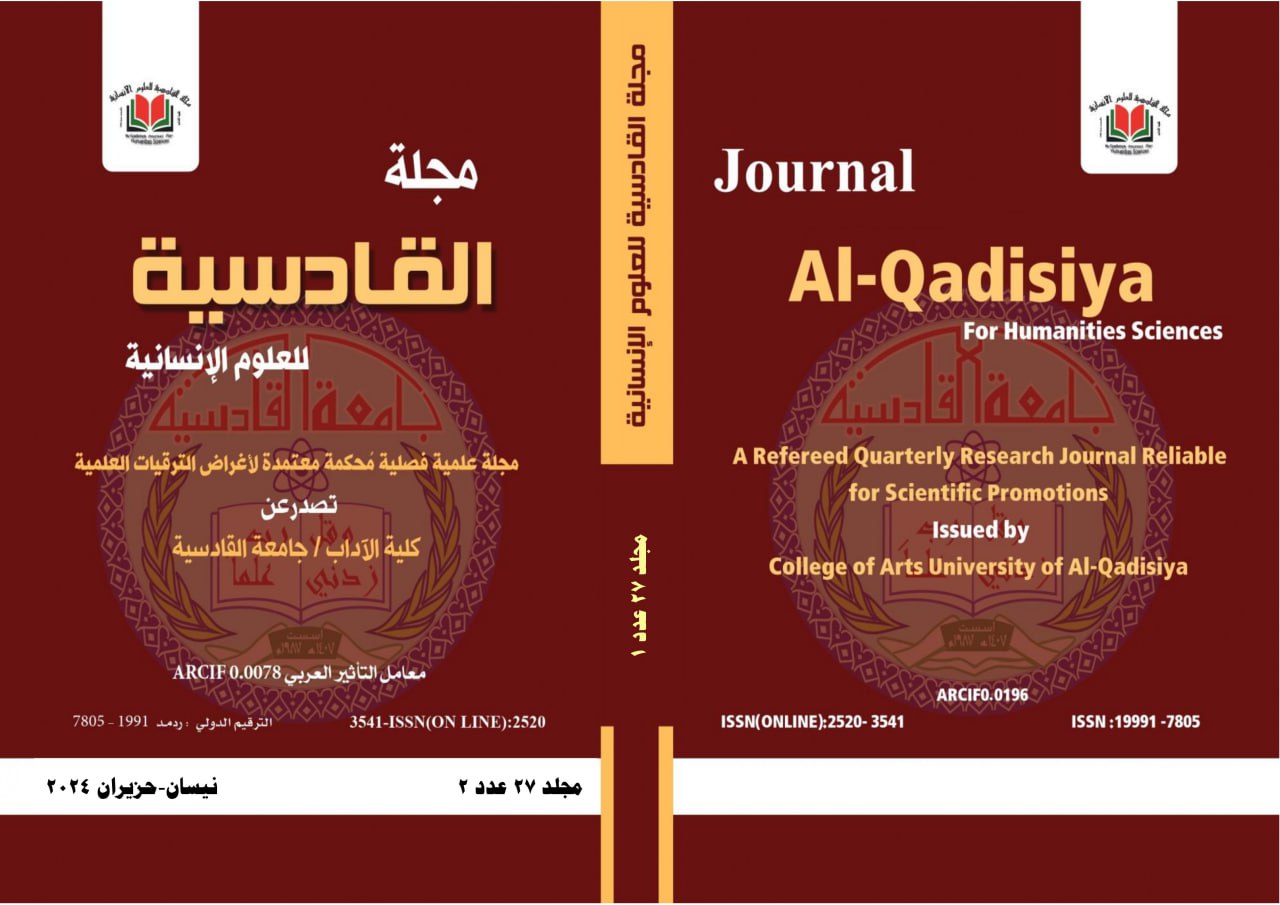Abstract
Abstract
Hedging is a discoursal resource for expressing uncertainty, skepticism, and open-mindedness about one\'s propositions. Hedging devices are tools used by the academic writers to present their claims or arguments in a polite, acceptable and respectful manner. In this study, the focus is on the use of hedging devices in academic research papers of Iraqi learners of English as a foreign language. The sample of this study consists of sixty students. Thirty students were enrolled in an experimental group that received instruction designed to increase their ability to use hedging devices. The other thirty students were enrolled in a control group, which received no instruction. The findings of analyzing their research papers after instruction indicate that the experimental group shows statistically significant increases in the use of hedging devices in research papers. This proves that instruction plays a significant role in increasing the learners\' use of these devices.
Hedging is a discoursal resource for expressing uncertainty, skepticism, and open-mindedness about one\'s propositions. Hedging devices are tools used by the academic writers to present their claims or arguments in a polite, acceptable and respectful manner. In this study, the focus is on the use of hedging devices in academic research papers of Iraqi learners of English as a foreign language. The sample of this study consists of sixty students. Thirty students were enrolled in an experimental group that received instruction designed to increase their ability to use hedging devices. The other thirty students were enrolled in a control group, which received no instruction. The findings of analyzing their research papers after instruction indicate that the experimental group shows statistically significant increases in the use of hedging devices in research papers. This proves that instruction plays a significant role in increasing the learners\' use of these devices.
